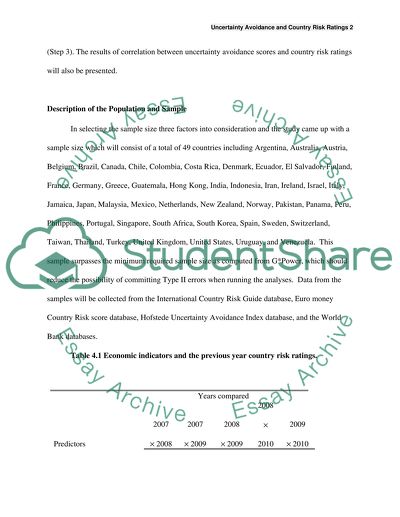Cite this document
(“Uncertainty Avoidance and Country Risk Ratings Dissertation”, n.d.)
Retrieved from https://studentshare.org/macro-microeconomics/1461818-uncertainty-avoidance-and-country-risk-ratings
Retrieved from https://studentshare.org/macro-microeconomics/1461818-uncertainty-avoidance-and-country-risk-ratings
(Uncertainty Avoidance and Country Risk Ratings Dissertation)
https://studentshare.org/macro-microeconomics/1461818-uncertainty-avoidance-and-country-risk-ratings.
https://studentshare.org/macro-microeconomics/1461818-uncertainty-avoidance-and-country-risk-ratings.
“Uncertainty Avoidance and Country Risk Ratings Dissertation”, n.d. https://studentshare.org/macro-microeconomics/1461818-uncertainty-avoidance-and-country-risk-ratings.


